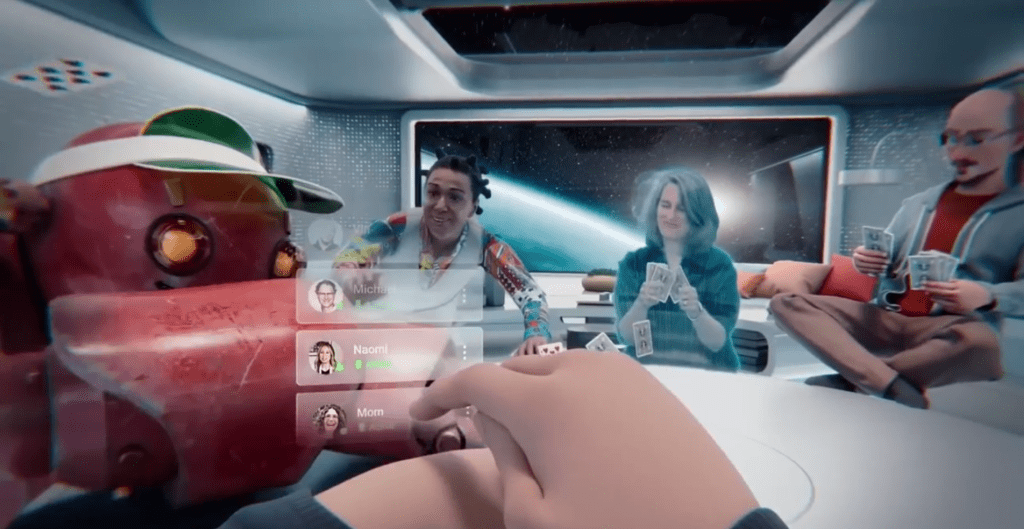
By the decade’s end, the Metaverse will be worth between $6 and $13 trillion.
But what exactly is the metaverse?
When it ‘arrives,’ what will it look like?
What will be the impact on society?
The Metaverse is seen as the fourth wave of computing and networking – the first three being the mainframe, personal computing, and mobile + cloud
In contrast to the previous waves, the Metaverse adds 3D experiences
3D experiences are more than immersive virtual reality or video games because you could potentially have hundreds of millions of people spending their lives and their friendships inside 3D-rendered social and virtual worlds.
Thus, we can think of the Metaverse as building on top of existing technology – but as a platform.
This makes the Metaverse not fully predictable.
I had yet to see a comprehensive definition of the Metaverse, but Matthew Bell presents a good (albeit long) definition of the Metaverse in a video (source below)
A massively-scaled and interoperable network of real-time-rendered 3D virtual worlds which can be experienced synchronously and persistently by an effectively unlimited number of users each with an individual sense of presence; while supporting continuity of data, such as history, identity, communications, payments, entitlements, and objects.
Breaking this definition down, this implies the metaverse will be:
Massively-scaled : implied global scale (everyone everywhere just like the Internet is now)
A virtual world is a virtual space
3D indicates a parallel plane of existence, a second place where we can live, coexist, and socialize.
Interoperability refers to the ability for different autonomous systems or independently-operated simulations,
Real-time rendering refers to the process of generating a computer image as we experience it in near real-time
Synchronous means that we’re in a shared experience.
Persistence is philosophical, what endures, what continues. Almost nothing in the virtual world today is persistent:
Further, the definition can be expanded/ implemented by dividing the Metaverse into seven subcategories:
- Hardware
- Networking
- Computing power
- Virtual platforms
- Interoperability standards
- Payment rails
- CAIS: content, assets, and identity services.
From my perspective, that’s the most complex definition I have seen – but also the most accurate and clearest.
Source: Matthew Bell
Image source meta
